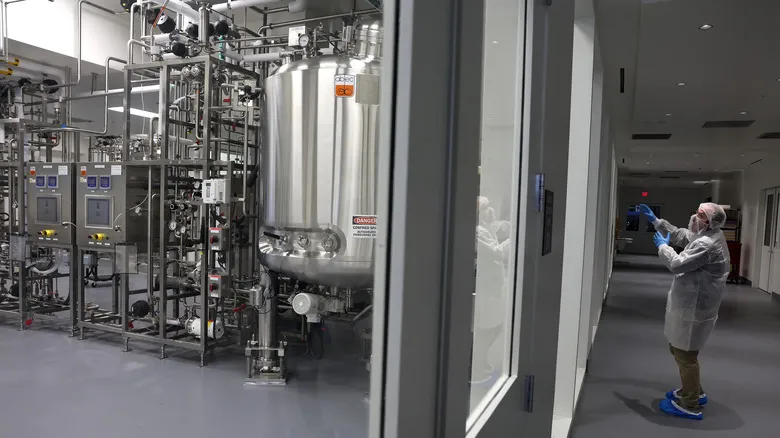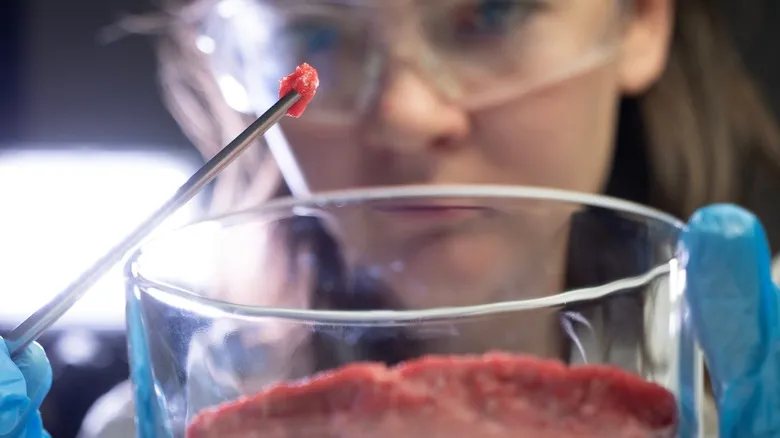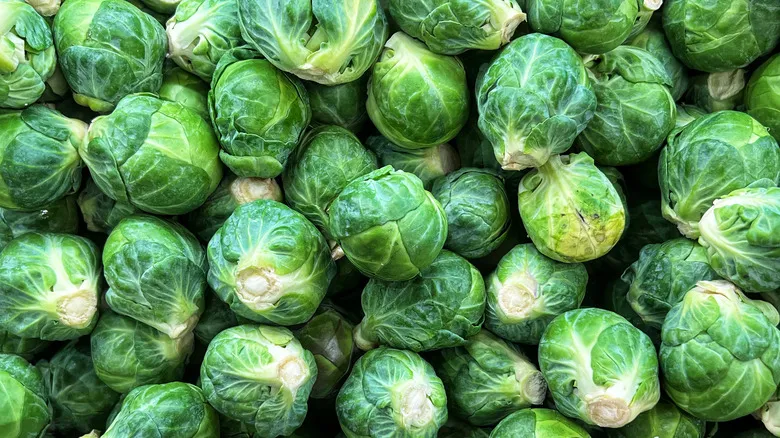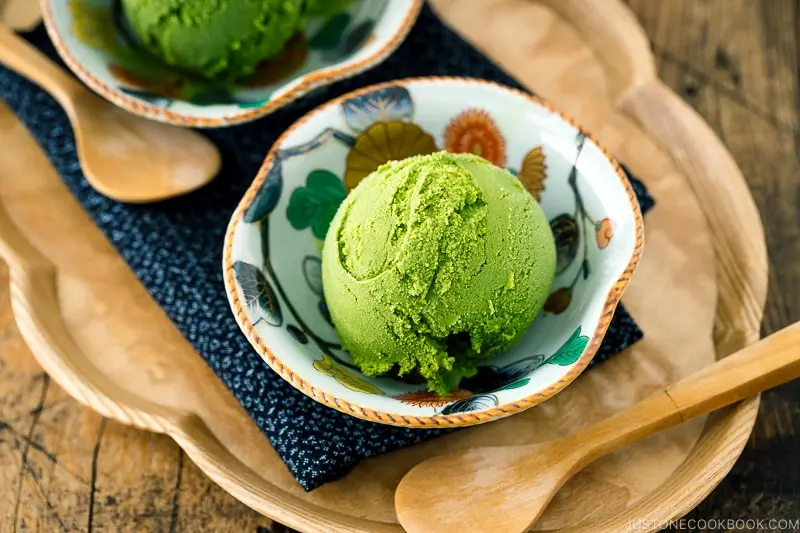How is cell-cultivated meat made?

We now have mushrooms that mimic the flavor of chicken, and chicken that can be produced and served without the need to slaughter the animal. A simple way to grasp the concept of cell-cultivated meat is to compare it to brewing beer. The initial step involves extracting cells from living animals (with no harm or injury to the animals during this process). These cells are then placed in large steel bioreactors, similar to those found in a brewery, along with a growth culture medium.
The cells are provided with essential nutrients that animals require for growth, such as vitamins, amino acids, and proteins, allowing them to multiply. As they do, muscle tissue begins to develop, achieving the texture and structure of meat. Often, an edible scaffold is added to the cells to create more intricate and realistic cuts of meat. After approximately eight to twelve weeks, the lab-grown meat is ready for harvest.
This is the typical method for producing cell-cultivated chicken and other types of meat or seafood. In fact, there are 174 companies worldwide employing this technique to create cell-cultivated meats and various animal-derived products, including skincare treatments and medicines. Any type of animal cell can be extracted and utilized in this process—companies are even producing lab-grown sushi-grade bluefin tuna, wagyu beef, pork, hamburgers, shrimp, salmon, and virtually any other animal or seafood you can think of.
Is cell-cultivated meat sold outside of the United States?

The inaugural commercial sale of cell-cultivated meat took place in Singapore in 2020. As of May 2024, customers can buy and prepare Good Meat 3 at home, available at Huber's Butchery in the South Asian city-state. This product combines cell-cultivated chicken with plant-based proteins and is priced at $7.20 SGD (approximately $5.62 USD) for about 4 ounces. Besides Good Meat and Upside Foods, only a few other companies have received approval for the commercial sale of such meat. In Singapore, Vow has been authorized to sell its quail, while Israel's Aleph Farms has been cleared to offer its beef.
The limited availability of cell-cultivated meat in grocery stores can also be attributed to bans in several states and one country, Italy, on its production and sale. Other regions are contemplating similar restrictions, which are hindering the approval process. Notably, Florida and Alabama have enacted various bans on these meats, citing the need to protect farmers and preserve food traditions. Currently, there is just one butcher shop in Singapore where cell-cultivated chicken can be purchased. The labeling and availability of the product will vary depending on your location, and it may remain inaccessible in certain states and countries.
Recommended

Here's Why Your Brussels Sprouts Taste So Bitter

Give Butternut Squash Soup A Brighter Flavor With A Squeeze Of Citrus

The Turkish Ice Cream That Has The Texture Of Taffy

Smells Have A Larger Influence At Chain Restaurants Than You Think
Next up





